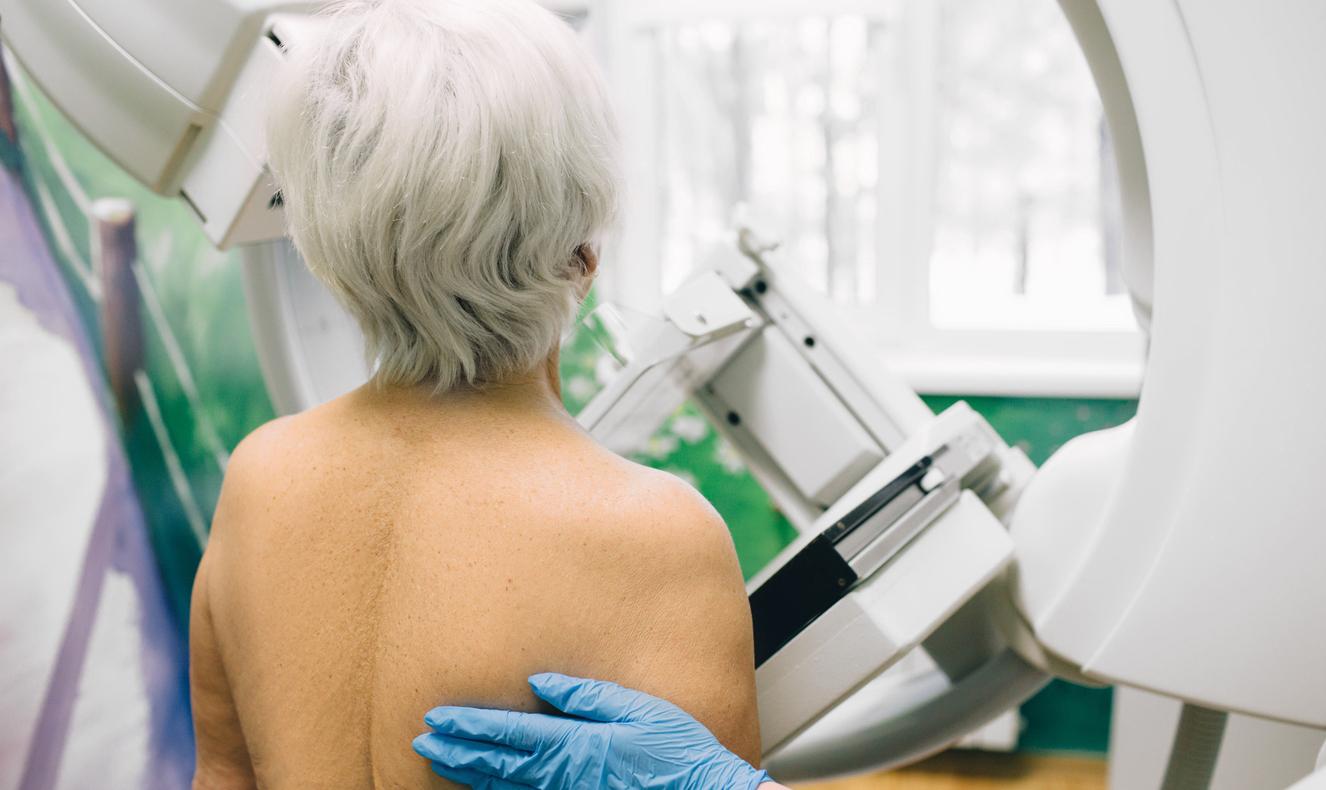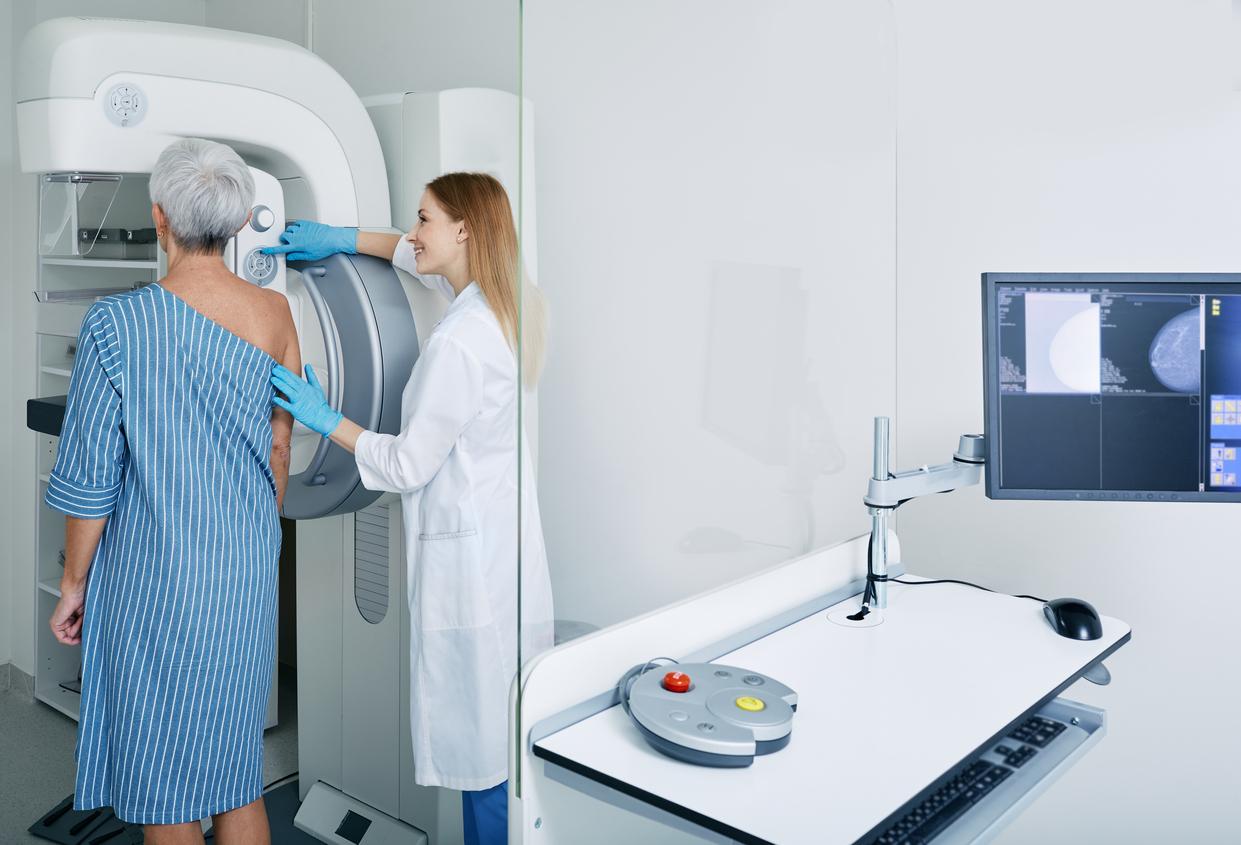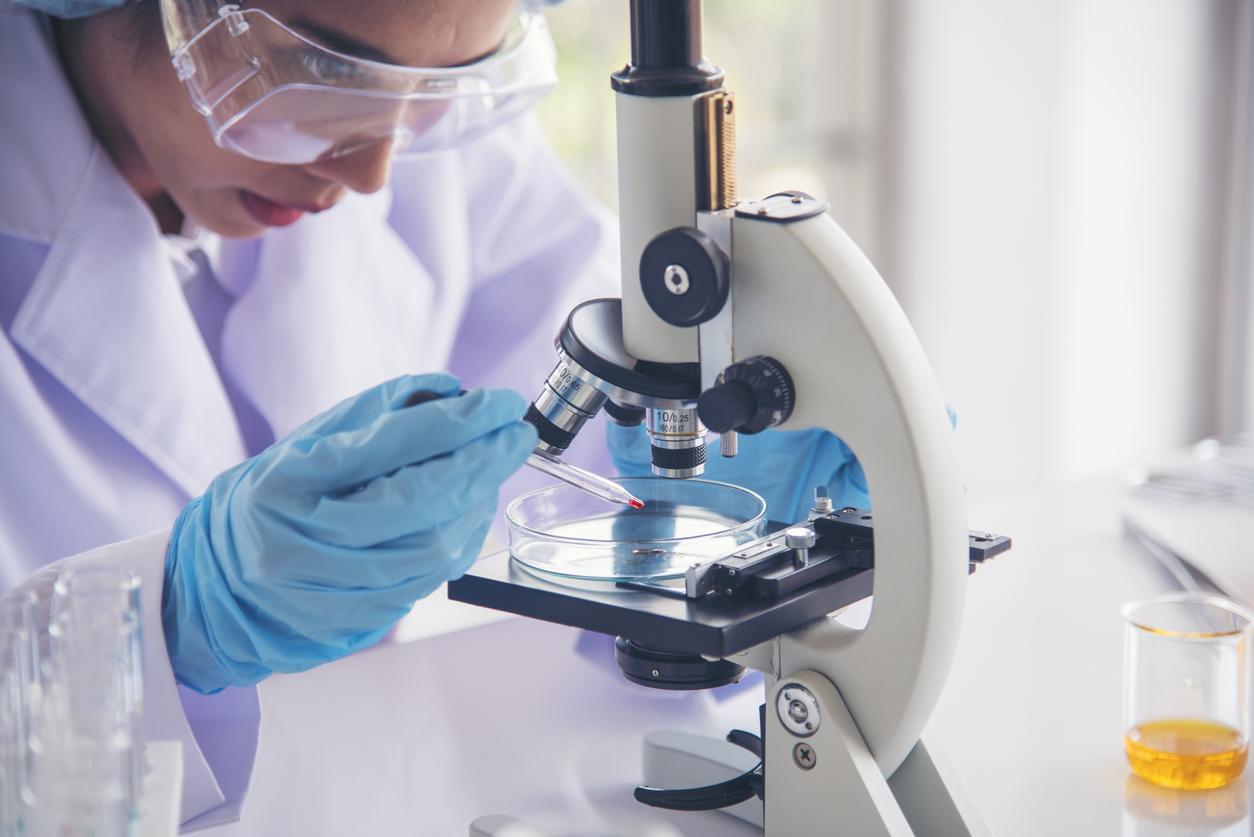US health authorities have just alerted women to the risk of breast cancer in those who wear breast implants. What are the dangers of breast surgery? Are breast prostheses reliable? What do the doctors think? The answers of Why Doctor.

Wearing breast implants increases the risk of anaplastic large cell lymphoma, a disease of the immune system. The American agency in charge of the drug, the FDA, warns women about this risk. Ten million women around the world wear breast implants. In France, they were estimated at 400,000 in 2014, according to the Ministry of Health. Prostheses that are not without risks. In the United States, health authorities have identified several cases of cancer of the immune system linked to the wearing of breast implants.
The FDA, the Food and Drug Association, is the American body that authorizes the marketing of foods and drugs. At the end of March, she updated her site and posted a warning about breast prostheses. The article reveals a link between these and the risk of anaplastic large cell lymphoma, a disease of the immune system. According to the FDA, in most cases, lymphoma is detected in scar tissue and in fluids near the implant. Sometimes it spreads throughout the whole body. The number of identified cases increased from 359 to 414 in one year. Nine women are believed to have died.
In France, 29 cases have been identified. A group of experts conducted research on the subject in 2015, brought together by the national cancer institute, and concludes that there is a “clearly established link between the occurrence of anaplastic large cell lymphoma and the wearing of a breast implant”. The researchers say the risk is low. In most cases, the cancer would appear between 11 and 15 years after the placement of the first implant.
Prostheses and breast cancer?
In terms of the good news, we now know that the risk of breast cancer is not increased by prostheses and that theoretically, with the new materials, we have more to fear from silicone gel leaks, which once caused dangerous accidents.
Breast surgery, for whom?
For a very long time, cosmetic surgery was the domain of mothers. Liposuction at 40, breasts at 50, facelift at 60, rather made young girls smile. For about thirty years the trend has been reversed. Presumably because the cinematic fashion is super-slim sizes and 95Ds.
What is the opinion of doctors on this surgery in young girls?
We must distinguish two very different situations: pathological or deformed small breasts can obviously benefit from surgery. For the doctor, it is the weight / height / volume ratio that will allow the discussion to be approached, especially to test the psyche of the candidate.
Should we take the advice of a psychologist?
This is sometimes desirable. It is preferable, except in the event of a serious aesthetic problem, to wait until at least the end of puberty, that is to say the age when the breasts have reached their final size.
We must also be wary of the fashion phenomenon. Five years ago, the nose was the first request for cosmetic surgery. Today it is the breasts. And with a huge difference. An intervention on the nose is definitive, it can be pretty or missed (it is quite rare) but we do not need to go back. Regarding the silicone-based breast prostheses which will give the volume and the consistency, it should be known that those which one uses today have an average lifespan of 10 years, which, at 15 -20 years, means many interventions throughout the life.
Prostheses and pregnancy?
Pregnancies and breastfeeding are still possible, and – this is important – the sensitivity of the nipple remains good.
Prostheses before the age of 18?
For a classic act of surgery in a minor, legally, only the authorization of one of the two parents is sufficient. For an act of cosmetic surgery, the written authorization of both parents is necessary. Contrary to popular belief, the most frequent operations remain breast reductions.
How much does breast surgery cost?
The price and non-reimbursement (since it is cosmetic surgery) are the two main major obstacles. To increase them: count between 2000 and 4000 € depending on the surgeon. To reduce them, it is roughly the same price, poorly reimbursed and exceptionally by social security.
.















